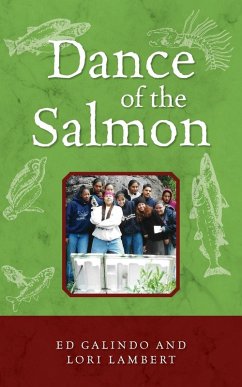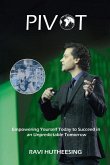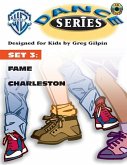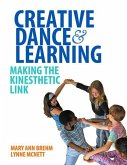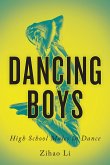Discover incredible true stories of Dr. Ed Galindo's time as a Ft. Hall Indian Reservation teacher - where he decolonized science education and his student's developed curiosity, courage, and determination to help an endangered species. During his first year of teaching on the Fort Hall Indian Reservation in Idaho, Dr. Ed Galindo noticed a problem that had burgeoned in his mind throughout his Ph.D. - the Western methods of education had little value to students on the Reservation, yet these bright and wonderful children needed a leader in their classroom to foster a love of science. According to Dr. Galindo, "To become scientists, Native American students need to recognize the importance of how science impacts their lives and how to develop a lasting interest in science." For the Sho-Ban people, the connection between science and their own lives was salmon. Unfortunately, the salmon in the area were nowhere to be found. Generations ago, Sho-Ban families would consume as much as two tons of salmon a year. Despite modern Sho-Ban people's yearn to return to a traditional diet, there wasn't enough salmon in the area to support the shift. Enter Dr. Galindo's great idea - a teaching method that spurred his students to action. Soon, he and his students dove into the hands-on learning and outdoor classrooms of salmon habitats. They learned about the chemistry of salmon streams to the life cycle of salmon in their desperate search for the fish. Dance of the Salmon is more than an educational memoir, a teaching guide book, or a collection of stories about one teacher's specific class. It's an important narrative that demonstrates the value of meeting students where their learning needs and passions intersect and an immortalization of a class's curiosity, courage, and determination to help the salmon - but in the end, helping themselves.
Hinweis: Dieser Artikel kann nur an eine deutsche Lieferadresse ausgeliefert werden.
Hinweis: Dieser Artikel kann nur an eine deutsche Lieferadresse ausgeliefert werden.

